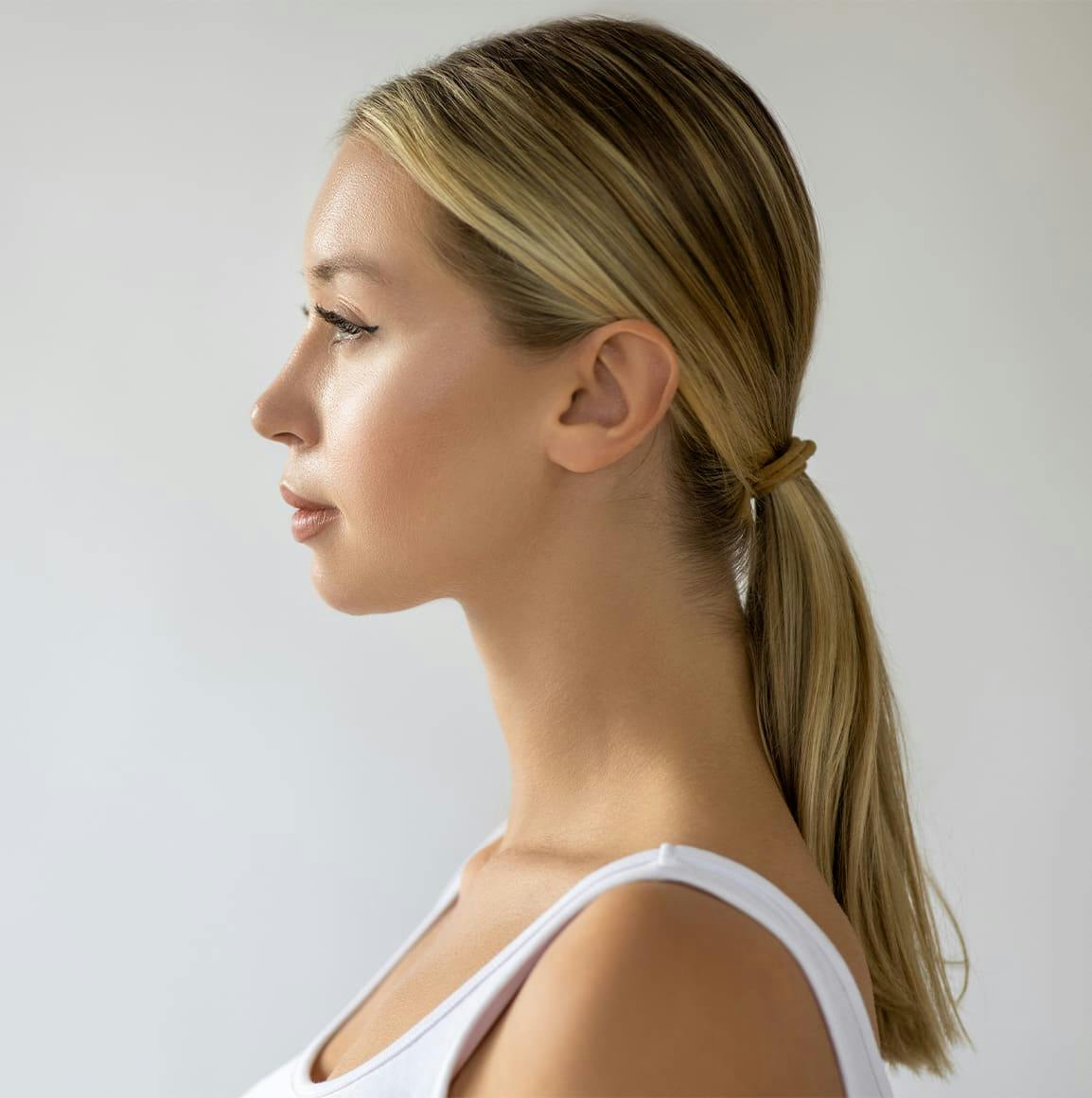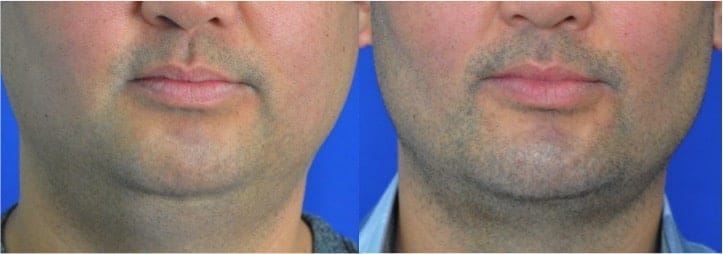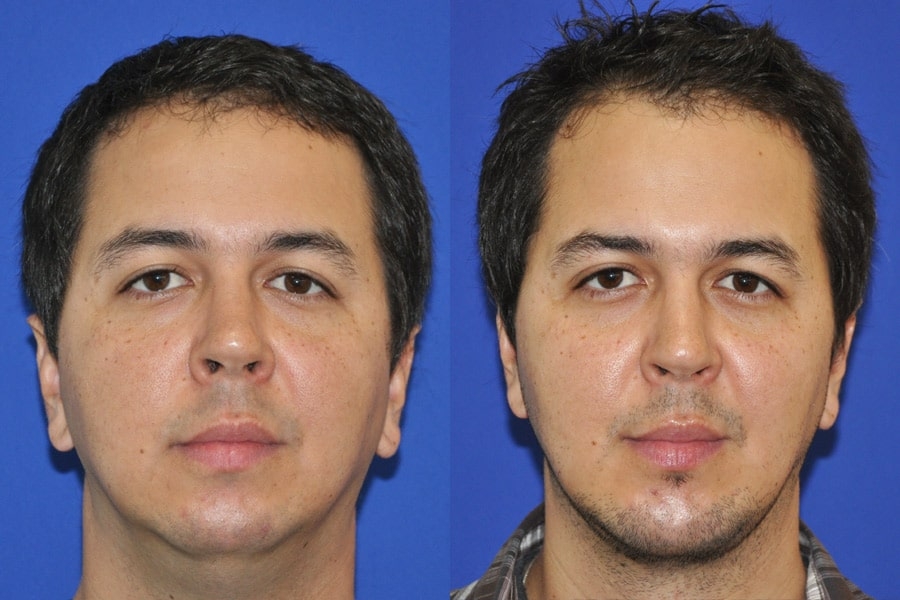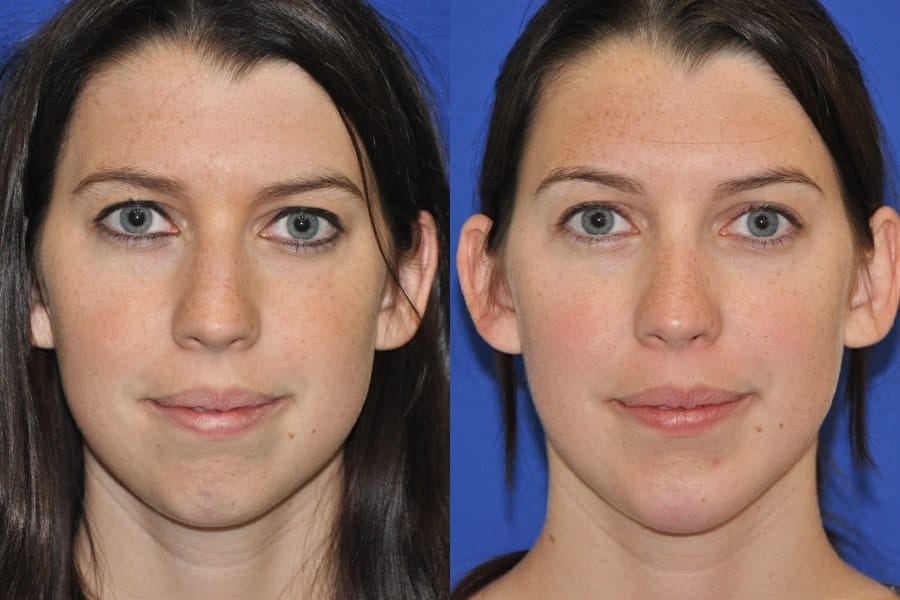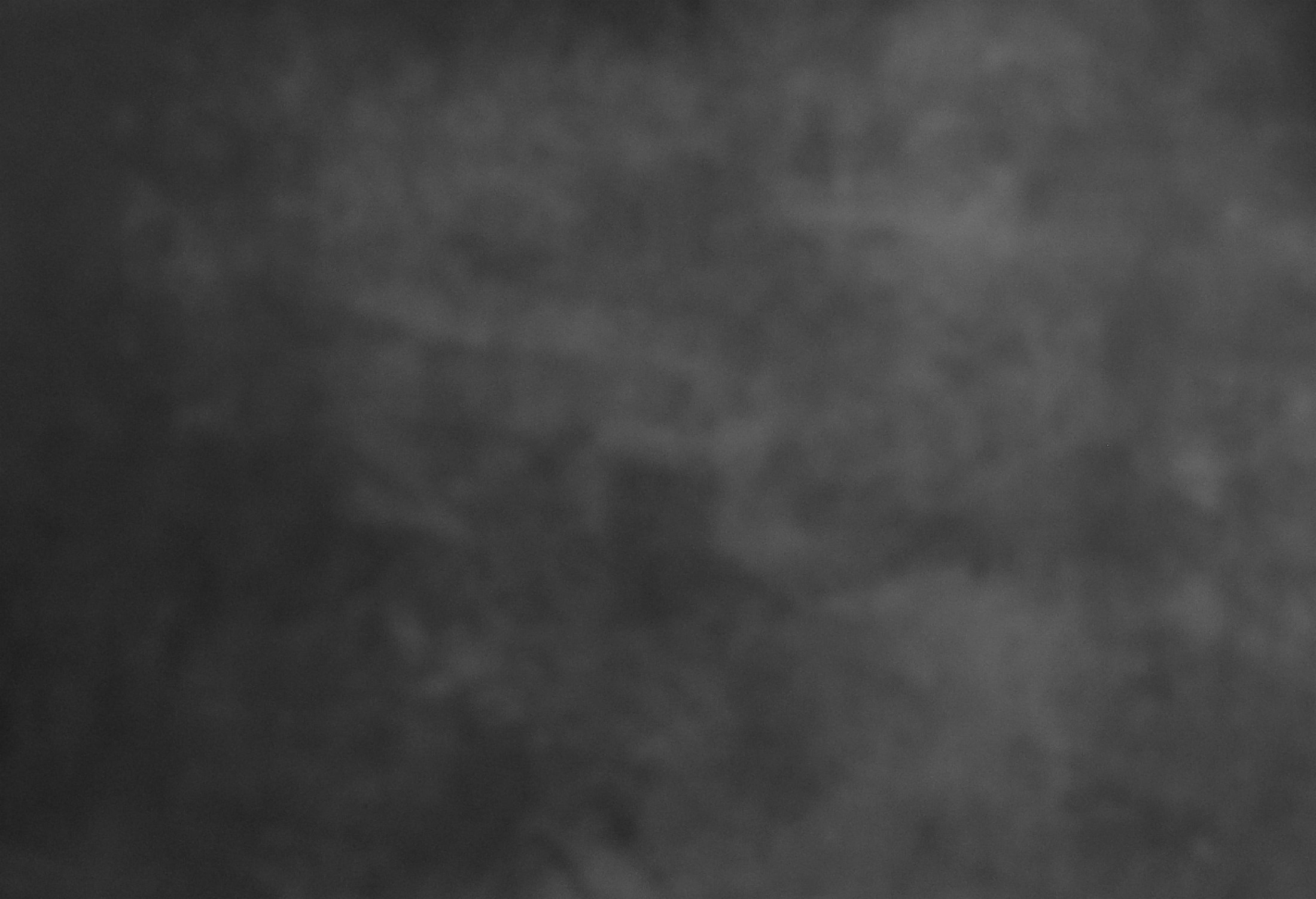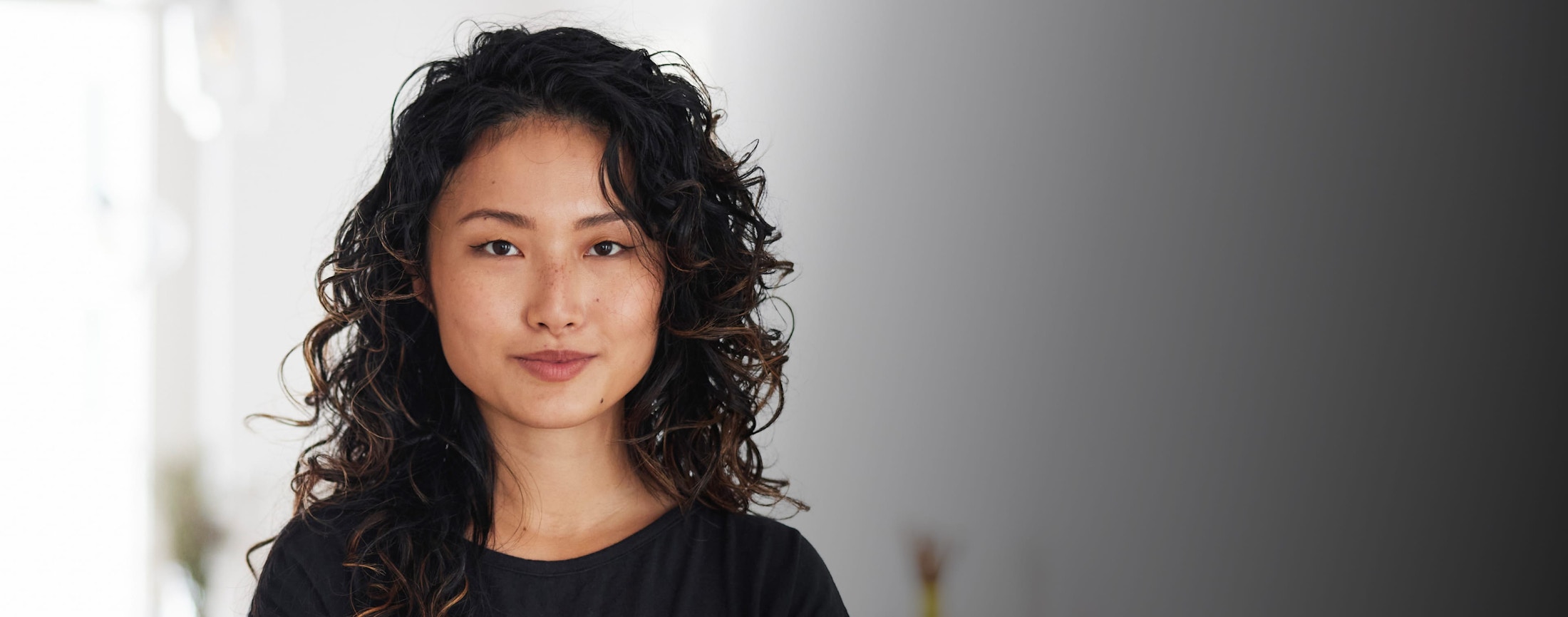Submental liposuction refers to the removal of fat from the neck, in the region underneath the chin. This procedure is performed to provide a crisper and cleaner jawline and neck. It is commonly performed as a stand-alone procedure though it can complement other surgeries such as buccal fat removal and chin augmentation very well. It’s certainly possible to perform liposuction of the neck in the office, under local anesthesia with oral sedation, to make you relaxed. We also perform this procedure at the surgery center if patients desire deeper (IV) sedation.
Pre-Op Visit
After this initial consultation, you would return for a preoperative visit, two or three weeks before your surgery. At this visit, Dr. Mehta and Shannon will again go over your list of medications and supplements, as it is usually necessary at this time to discontinue any products that can increase the risk of bleeding during or after the surgery. These include, but are not limited to, aspirin, ibuprofen, heparin, warfarin (Coumadin), Plavix, vitamin E, fish oil and numerous other supplements. The decision to stop any of these prescription or over-the-counter products is made in conjunction with your primary physician. Medical clearance and other tests may need to be obtained, depending on your age.
Dr. Mehta will give you prescriptions for your pain medication (or call your pharmacy) at this visit as well. This allows you to pick up these important medications prior to your surgery, so that postoperatively, you and your caretakers can rest and concentrate on your recovery. Dr. Mehta will advise you to pick up Arnica Montana and Bromelain, two homeopathic products which reduce bruising after surgery. These are taken as directed, beginning immediately after surgery. You will be given detailed preoperative and postoperative instruction pamphlets, to read prior to your surgery. It is important to minimize salt intake and avoid alcohol for three days leading up to your surgery. Lastly, you will have the opportunity to spend time with the office coordinator, to answer any logistical questions related to your surgery. Your final surgical fees are settled at this visit as well.

